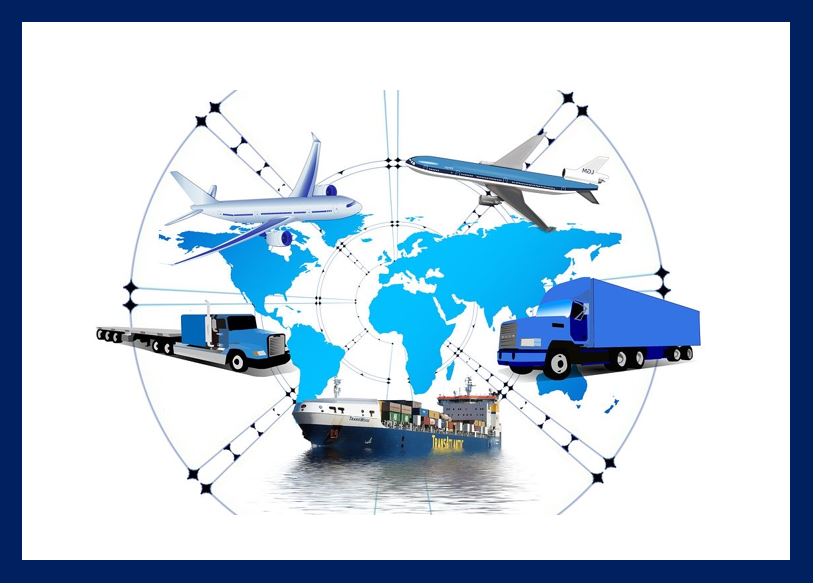
The WARD (Wireless Automotive Remote Diagnostic) tracking system is a cutting-edge technology designed to enhance vehicle management and tracking capabilities. It provides real-time monitoring and tracking of vehicles, enabling businesses to optimize their operations, improve security, and ensure efficient fleet management. In this article, we will explore how the WARD trucking tracking system works and its benefits for businesses.
How Does the WARD Tracking System Work?
- GPS Tracking: The WARD tracking system utilizes GPS (Global Positioning System) technology to accurately determine the location of vehicles. GPS receivers installed in vehicles receive signals from multiple satellites, allowing the system to calculate the precise position, speed, and direction of each vehicle.
- Data Transmission: The collected vehicle data, including location, speed, and other relevant information, is transmitted wirelessly to a central server. This data transmission can occur through various wireless communication technologies such as cellular networks or satellite communication.
Before checking more you can check CTA train tracker to know US-based buses.
- Data Processing: The central server receives the vehicle data and processes it using advanced algorithms. This processing involves analyzing the data, generating reports, and providing real-time insights into the vehicle’s status, performance, and location.
- User Interface: The processed data is presented to the users through a user-friendly interface, accessible through a web portal or mobile application. The interface provides a comprehensive overview of the fleet, displaying real-time vehicle locations, historical data, and customizable reports.
Key Features and Benefits of the WARD Tracking System
- Real-Time Tracking: The WARD tracking system enables businesses to track the real-time location of their vehicles, allowing them to efficiently manage logistics, optimize routes, and provide accurate ETAs (Estimated Time of Arrival) to customers.
- Geo-Fencing: The system supports the creation of virtual boundaries, known as geo-fences, around specific areas. Businesses can set up geo-fences to receive alerts when vehicles enter or exit designated zones, helping improve security and prevent unauthorized vehicle usage.
- Maintenance Monitoring: The WARD tracking system can monitor vehicle diagnostics and provide alerts for maintenance tasks such as engine servicing, oil changes, and tire rotations. This proactive approach helps optimize vehicle performance, minimize downtime, and reduce maintenance costs.
- Driver Behavior Monitoring: By analyzing vehicle data, the system can track driver behavior metrics such as speed, harsh braking, and acceleration. This feature promotes safer driving practices, reduces fuel consumption, and enhances overall fleet safety.
- Anti-Theft Measures: The WARD tracking system includes anti-theft features such as remote vehicle immobilization. In the event of unauthorized vehicle access, businesses can remotely disable the engine, ensuring the security of their assets.
- Integration and Compatibility: The WARD tracking system is designed to integrate seamlessly with existing fleet management software and systems. This compatibility allows businesses to leverage their current infrastructure and enhance their capabilities with advanced tracking and management functionalities.
Applications of the WARD Tracking System
- Logistics and Delivery Services: The WARD tracking system enables logistics and delivery companies to streamline their operations, track shipments, and optimize route planning, resulting in improved efficiency and customer satisfaction.
- Vehicle Rental and Leasing: Vehicle rental and leasing companies can utilize the WARD tracking system to monitor the location, usage, and condition of their rental fleet, ensuring compliance with rental agreements and enhancing asset security.
- Public Transportation: Public transportation systems, such as buses and trains, can benefit from the WARD tracking system by providing accurate arrival times, optimizing routes, and monitoring fleet performance to improve passenger experience and operational efficiency.
- Construction and Heavy Equipment: The WARD tracking system can be applied to track and manage construction vehicles and heavy equipment. This allows construction companies to monitor usage, prevent theft, and schedule maintenance effectively.
Hill Start Assist Not Available Ford
It’s worth noting that while the Ford tracking system offers a range of advanced features for vehicle management and tracking, it does not include Hill Start Assist. Hill Start Assist is a feature commonly found in Ford vehicles that assists drivers in smoothly starting on an incline by temporarily holding the brakes to prevent the vehicle from rolling backward. Hill Start Assist is a separate feature provided by Ford and is not directly related to the Ford tracking system.
Conclusion
The WARD tracking system is a powerful tool that revolutionizes vehicle management and tracking. By leveraging GPS technology, wireless data transmission, and advanced analytics, it provides businesses with real-time insights, enhances security measures, and improves operational efficiency.
Whether it’s optimizing routes, monitoring driver behavior, or ensuring asset security, the WARD tracking system empowers businesses to make data-driven decisions, leading to increased productivity and customer satisfaction in their vehicle management endeavors. However, it’s important to note that specific features like Hill Start Assist may be separate and specific to certain vehicle brands like Ford.
Interesting Related Article: “How Big is the Trucking Industry?“

